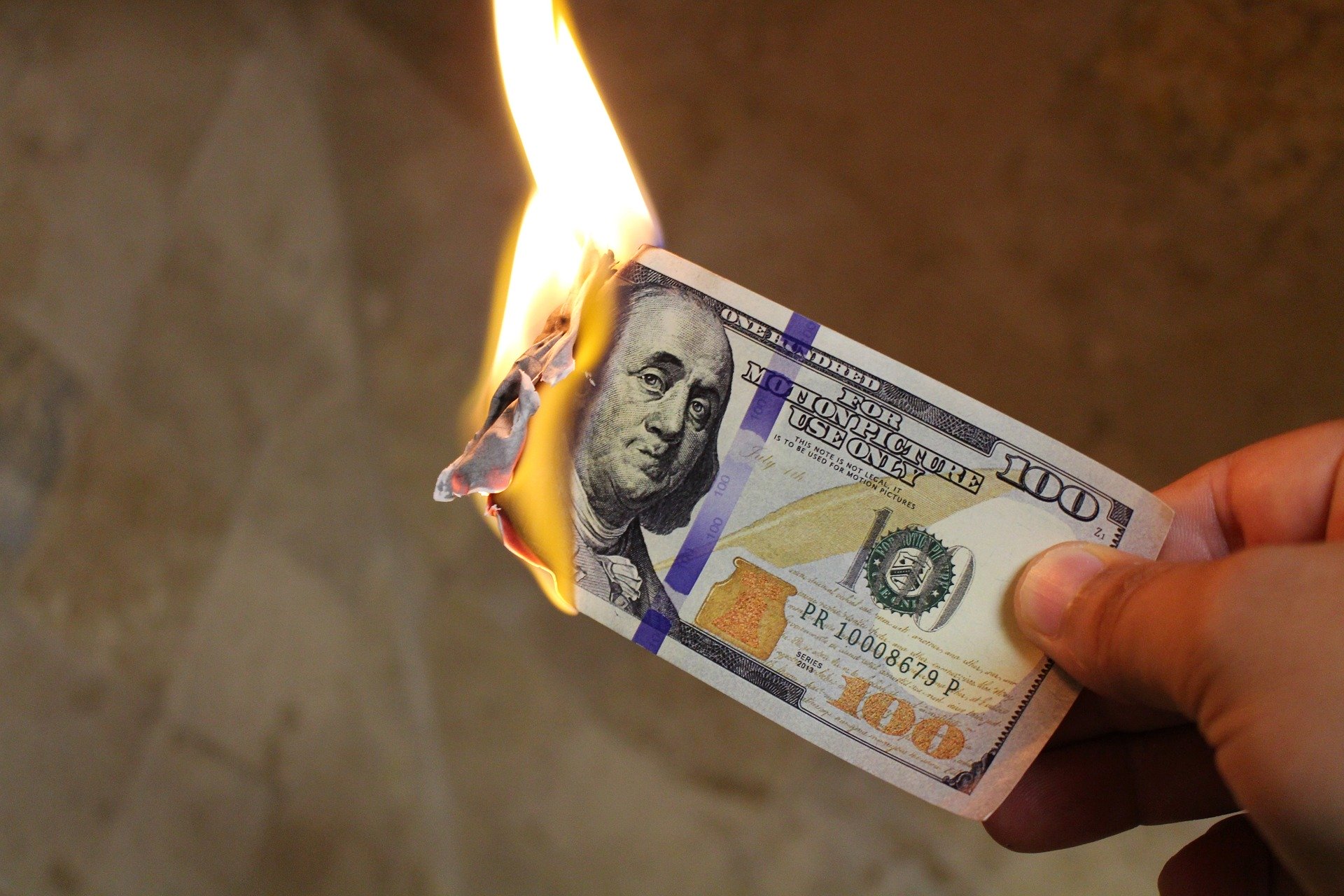Should you cut back on your bond holdings? Consider the following comparison.
A 30-year Treasury bond purchased in January cost $100 and has a 2.34% coupon. Every year for 30 years the owner will receive $2.34.
At bond maturity in 30 years the bond will be redeemed for $100. The total annual return for that bond is thus 2.34%, the yield at purchase.
When the Federal Reserve cut short term rates and restarted its asset purchase plan, the yield on 30-year Treasurys dropped. A 30-year Treasury bond purchased in July, for instance, has a 1.33% coupon.
The lower current yield makes the bond purchased in January more valuable because the owner of that bond receives $2.34 each year rather than $1.33 for the bond issued in July.
The owner of the bond issued in January could sell that bond today for about $125, a 25% gain in six months. However, at maturity in 2050, the government will return the $100 it borrowed. So, the value of the bond will slowly decay to $100 over 30 years.
The total annual return is the $2.34 coupon payment minus the decay in the value of the bond divided by the $125 purchase price. That works out to 1.3%, the current yield.
Thus the average annual total return for a bond from purchase to maturity, absent default, is the current yield (not coupon) at purchase.
The average yield to maturity for the iShares U.S. Aggregate Bond ETF (AGG) is 1.10%. In 2008, Warren Buffett referred to this as “return free risk” and it is not an attractive portfolio return.
The risk of higher interest rates
What if the 30-year Treasury yield rose to just 3%? The market value of that bond issued in July would drop by more than 30%. It would slowly rise back to $100 in 2050 and the average annual total return would still be 1.3%, but the drop in current value for the bond would make an ugly contribution to overall portfolio return.
The diversification benefit of bonds was coupon payments and higher bond prices when interest rates fell during stock market slides. The iShares 20+ Year Treasury Bond ETF (TLT), for example, normally climbs during stock market corrections.
Today, the downside risk from higher rates is much greater than the potential diversification benefit with a 1.1% aggregate bond market yield.
The real, or inflation adjusted, yield for all Treasurys is negative. The 30-year bond’s 1.33% yield minus 2% inflation is a negative real return. The buying power of the bond and coupon payment after one year is less than the year before.
The SPDR T-Bill ETF (BIL) yield is even lower than the ETF expense ratio. A guaranteed real loss is not a productive investment.
Inflation may make matters worse. The Federal Reserve’s total assets increased by $3 trillion since the pandemic began. That is $3 trillion created by the Fed out of thin air. That should be inflationary.
Inflation is great for borrowers but horrible to lenders. Borrowers pay back inflated dollars and lenders (bond holders) get negative real returns.
By the way, if you wonder how the government will ever pay back the $23 trillion and rising national debt, the answer is inflation.
Watch bond yield spreads
The difference between the yields of Treasury bonds and corporate bonds is the yield spread. Treasurys are theoretically risk-free. Corporate bonds are not.
There is risk that the corporation will default on its debt. To compensate investors for this risk, corporate bonds pay a higher coupon — the risk premium. For low risk investment grade corporations, the risk premium is small.
For corporations with questionable prospects, the risk premium for high yield or “junk” bonds is several percentage points.
If default expectations rise because of the pandemic’s economic effects, spreads will widen. Wider spreads mean lower bond prices and negative returns for corporate bond investors.


